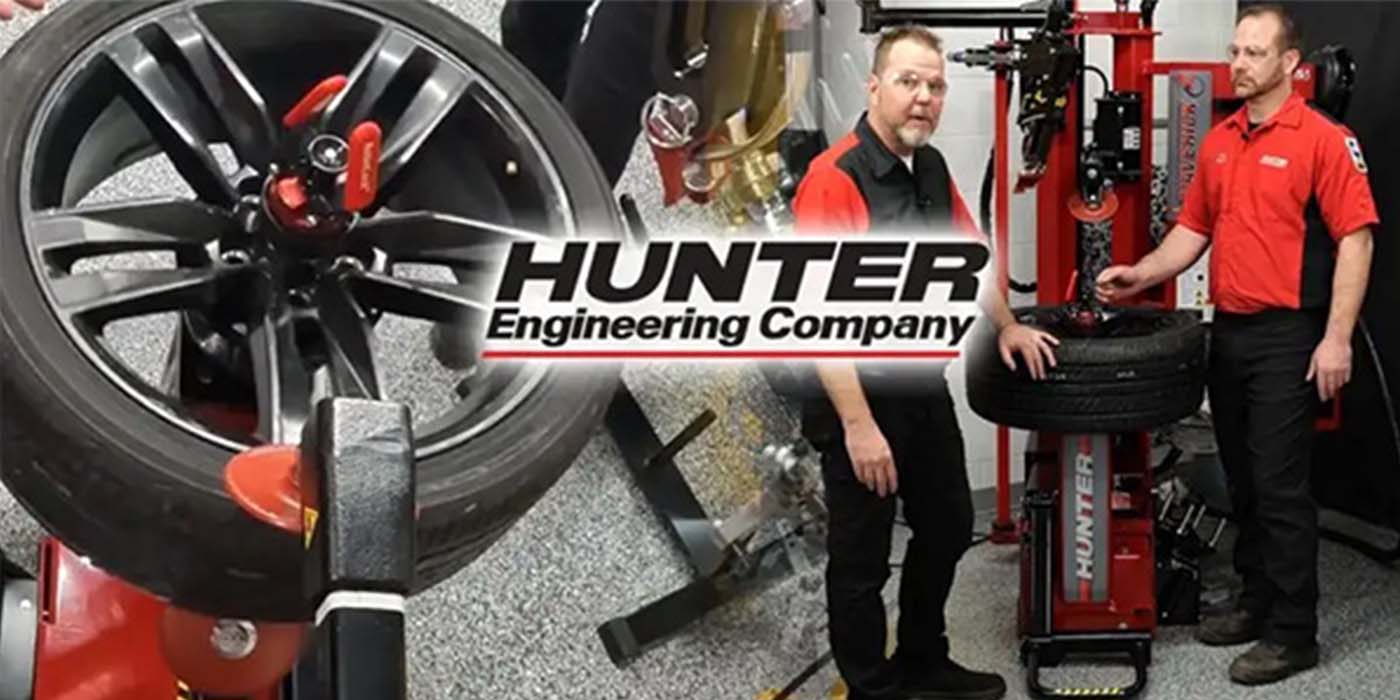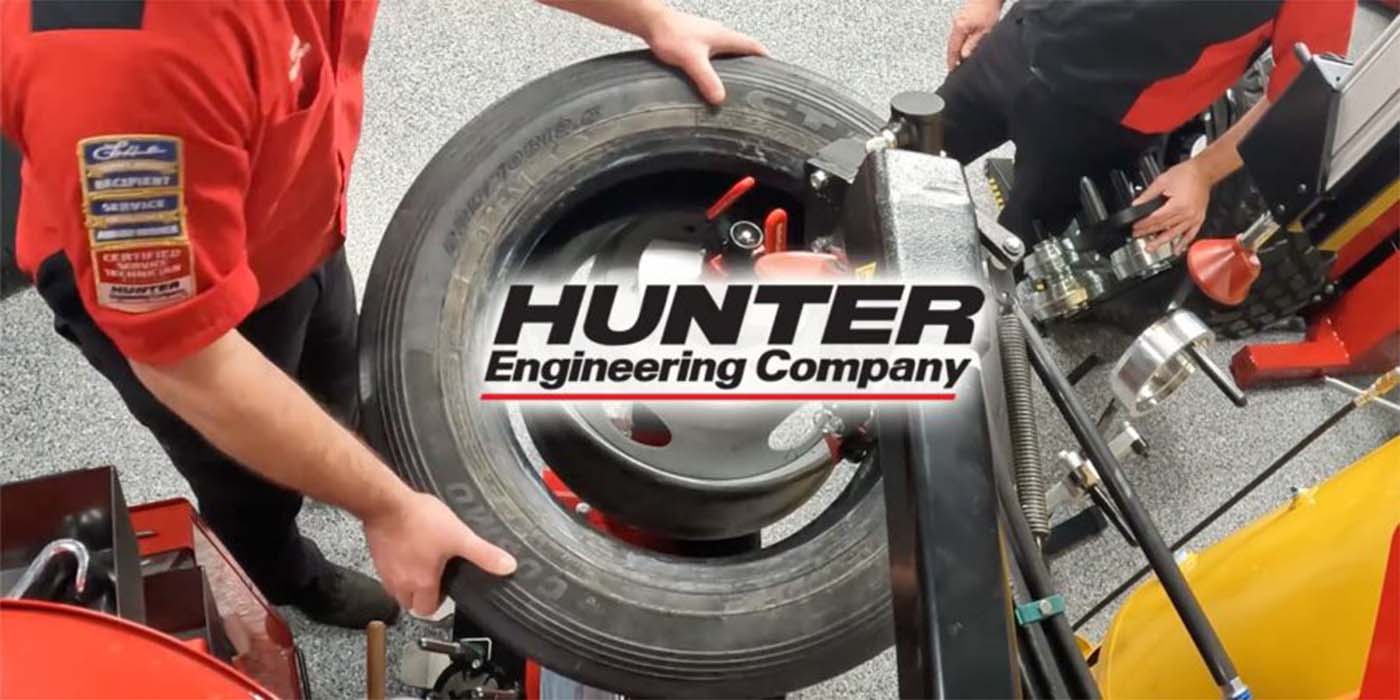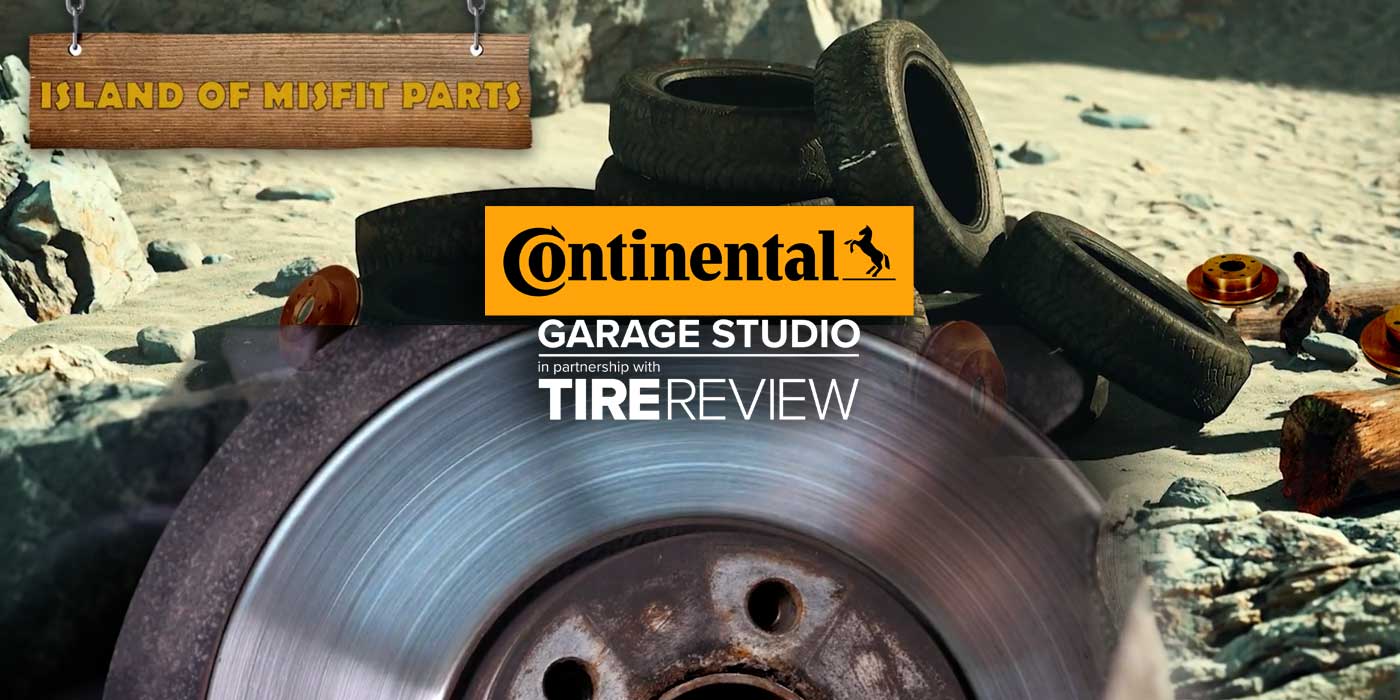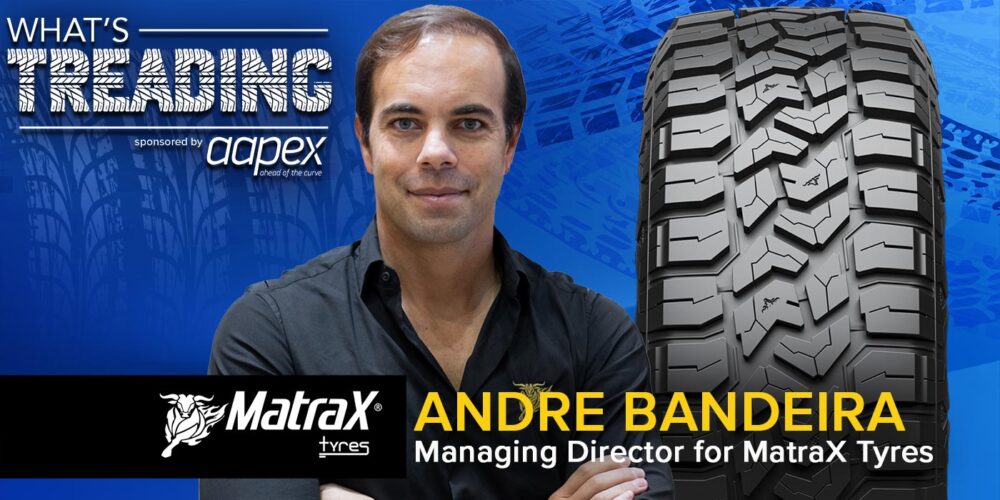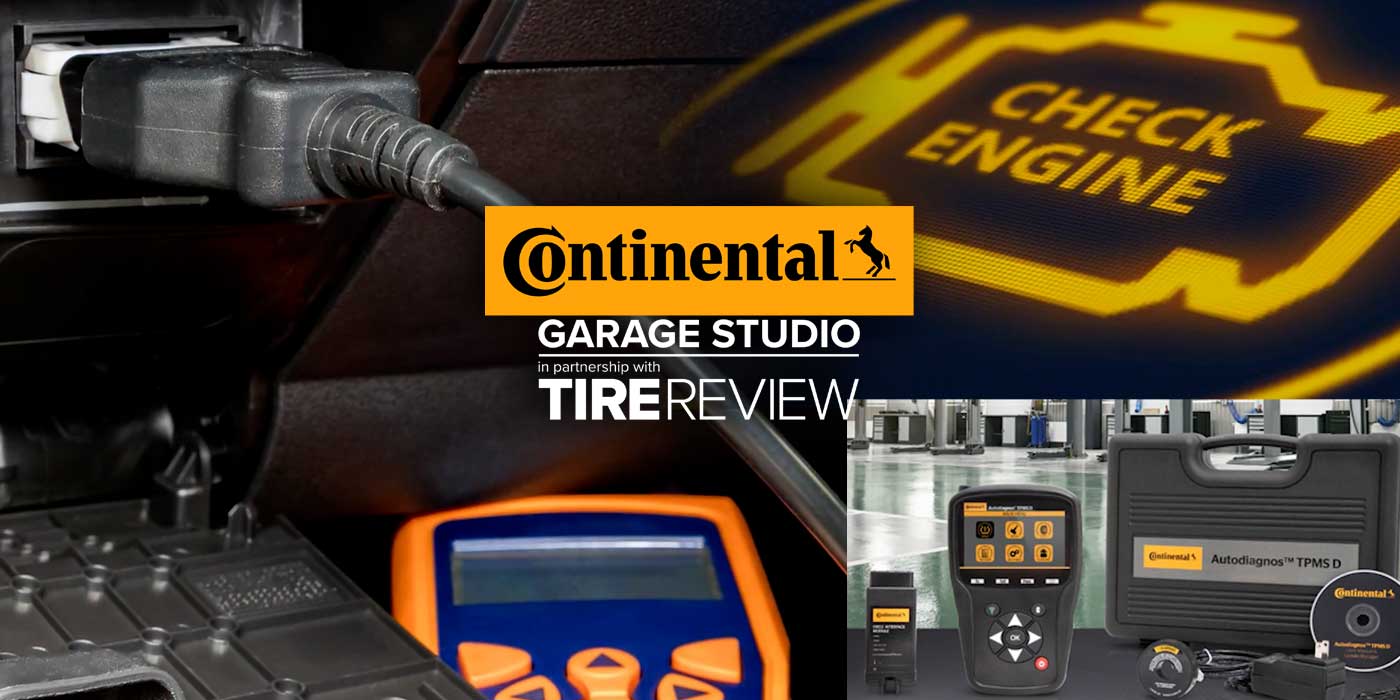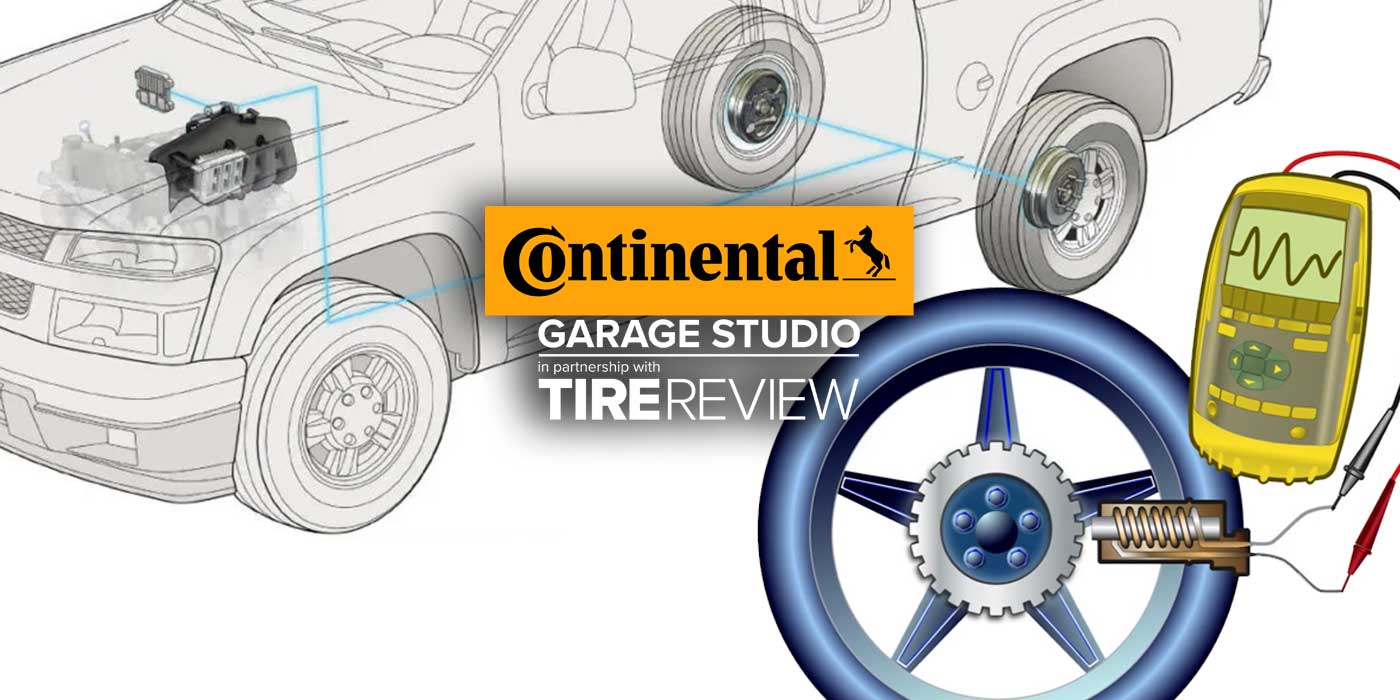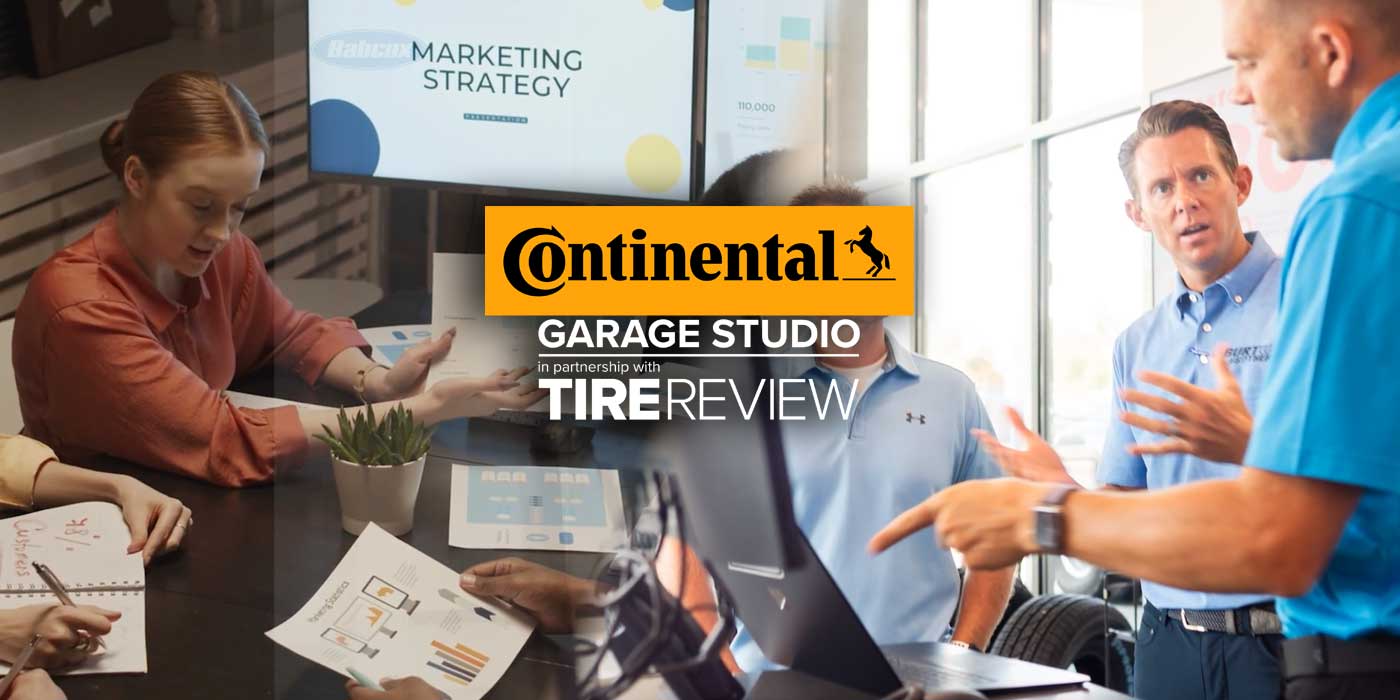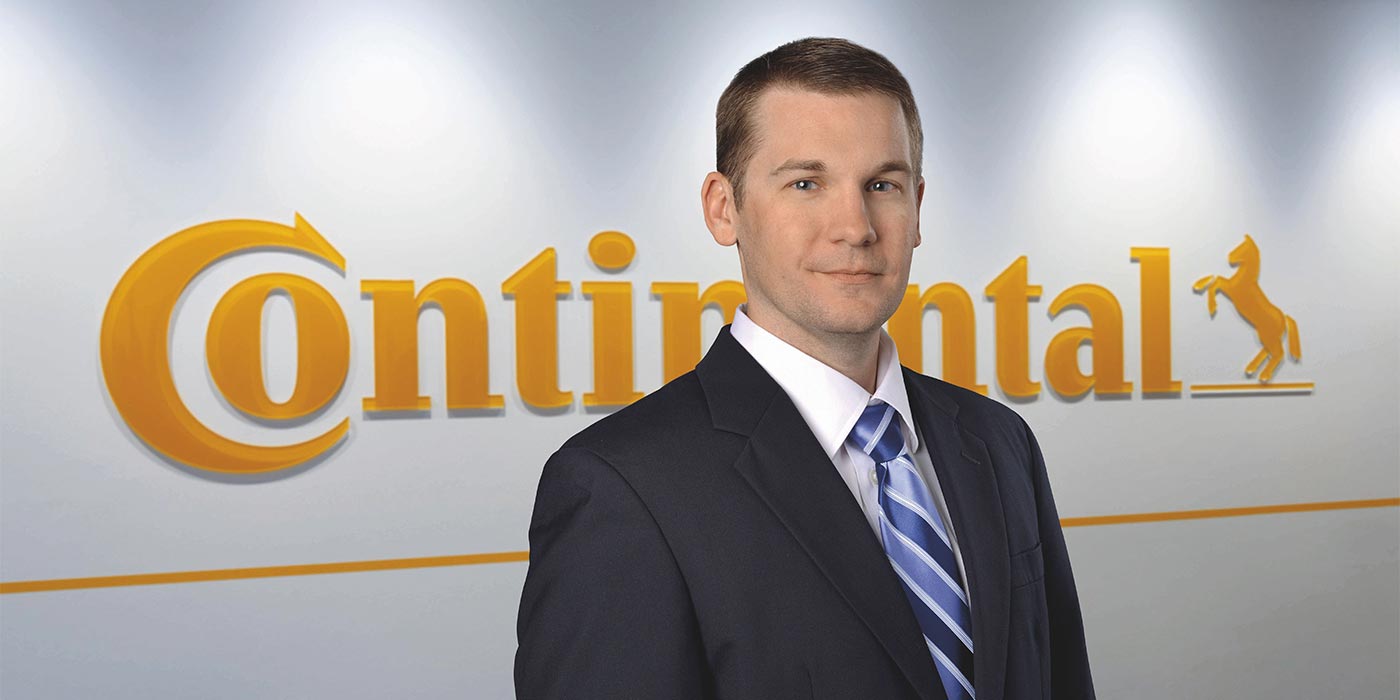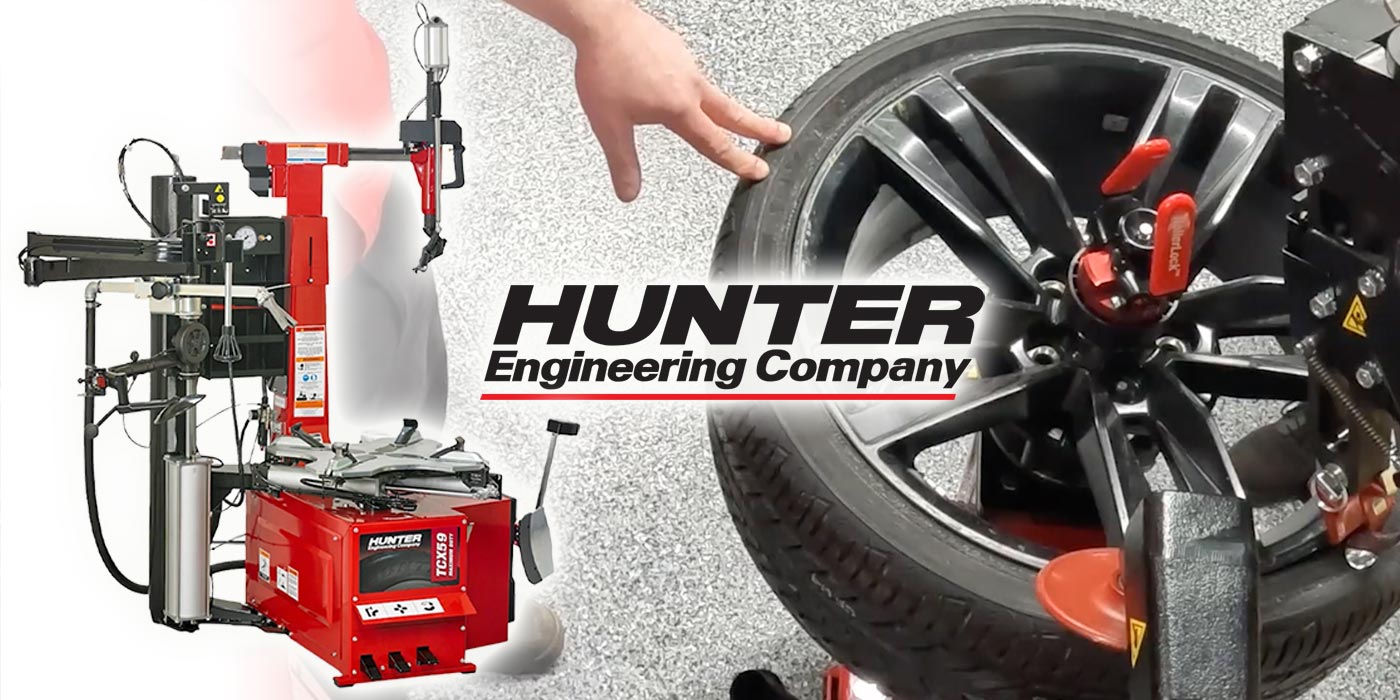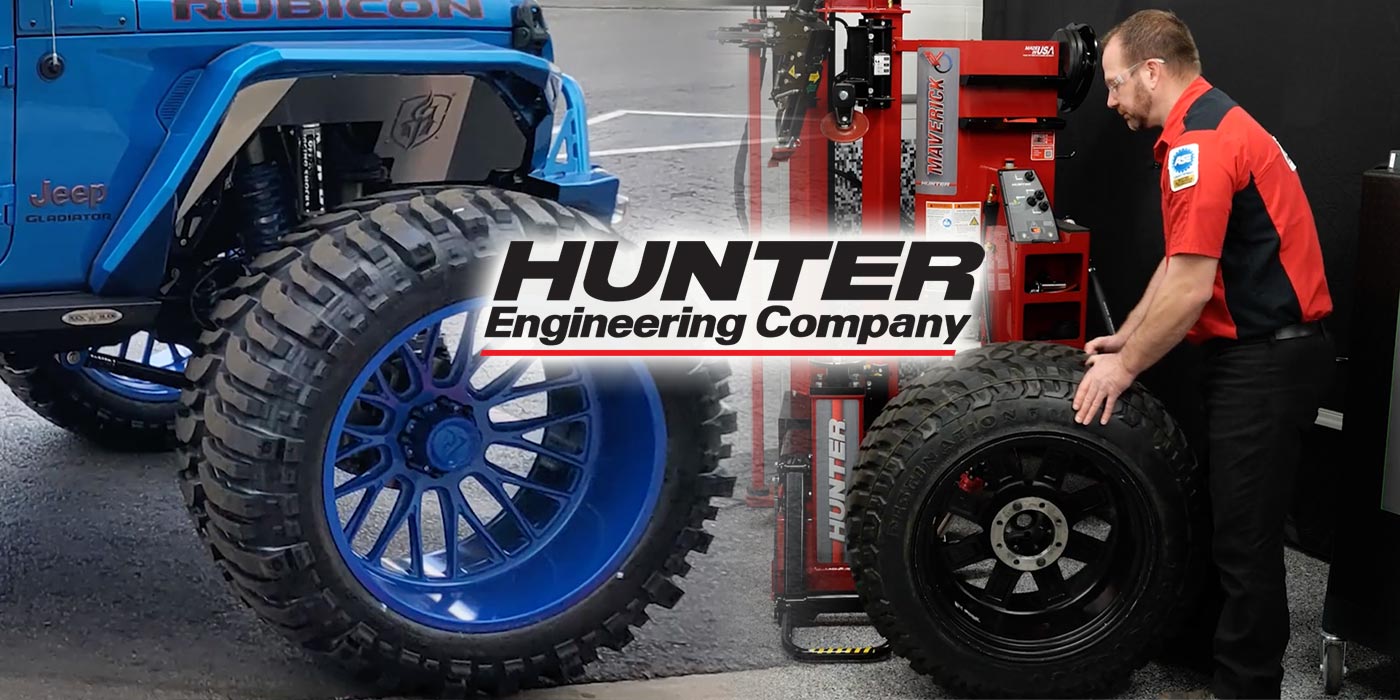So, you just replaced your customer’s tires with some brand-new ones. That’s great! But you may be overlooking something a bit unconventional. There is a step that tire dealers might skip following tire installation or repair. In this Tire Review Continental Tire Garage Studio video, we discuss what that step is and what lug nuts have to do with it.
Lug nuts play a vital role in keeping the wheel securely attached to the hub. However, lug nuts can’t perform like they are supposed to without having the correct amount of torque applied.
Torque is a measurement of the twisting force that’s applied to a lug nut. Your technicians should ensure that each lug nut has been torqued to the vehicle manufacturer’s specifications when first fitting a wheel. It doesn’t end there, though. A second follow-up soon after is a great idea, according to Continental.
Lug nuts have a lot to handle. Keep in mind the stress put on them by vehicle weight, rotational driving effects, weather and bumps in the road. Because of these stresses, it is a good idea for your customers to come back to get their lug nuts retorqued after fitting. Let me explain why this is helpful.
Lug nut retorquing is a quick and free process that involves inspecting each lug nut on the wheel to check if they are too tight or too loose.
If too tight, the lug nuts can cause severe problems like stripping the fastener threads or stretching the wheel studs. In the worst cases, loose lug nuts mean there’s a small risk that the wheel could come off while you’re on the road.
Loosening or tightening lug nuts correctly requires a torque wrench. According to Continental, technicians should initially set the torque wrench to half of the required torque and tighten each lug nut according to this setting. Then, the setting on the wrench should be adjusted to tighten all the lug nuts to the correct torque.
Don’t forget to follow us on Instagram and Facebook and subscribe to our YouTube channel for more tire, service, and shop operations videos.

